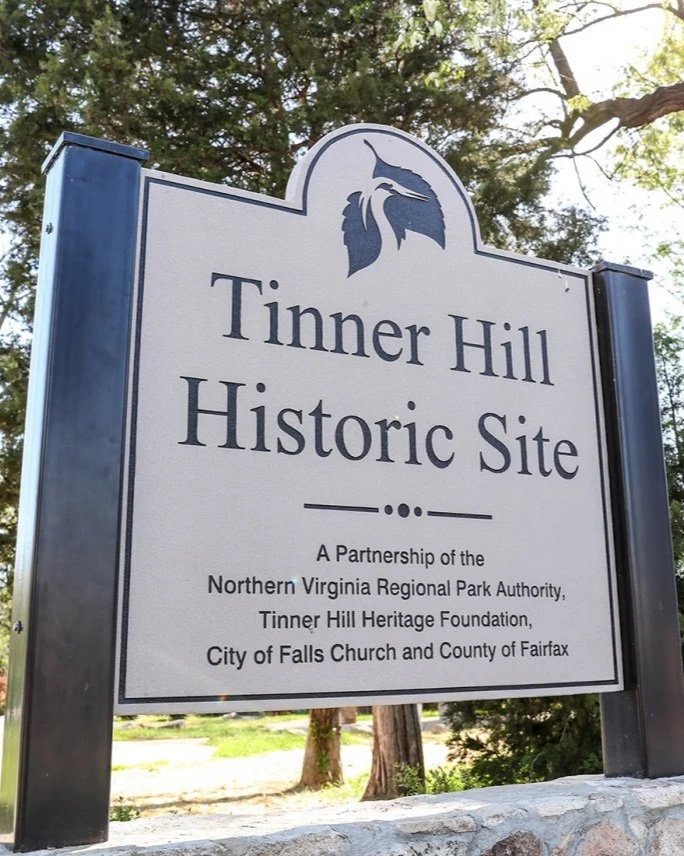
The Tinner Hill Historic Site
The Tinner Hill Heritage Foundation has three, close-in-proximity properties that, remarkably, survive from the post-Civil War period. All properties are intimately tied to the history of Falls Church and to the struggles of African Americans to attain their rights and freedoms, from the period of Jim Crow through the Civil Rights Movement.
The existence of the properties presents the City of Falls Church and, in fact, the state and the nation, with a rare opportunity a) to preserve vernacular places not grand in stature but immensely important in the evolution of this freedom-based democracy, b) to acknowledge the importance of these places by making their presence central to the City’s development projects. (At present, these commercial and residential planned developments are visibly near the African American sites.)

